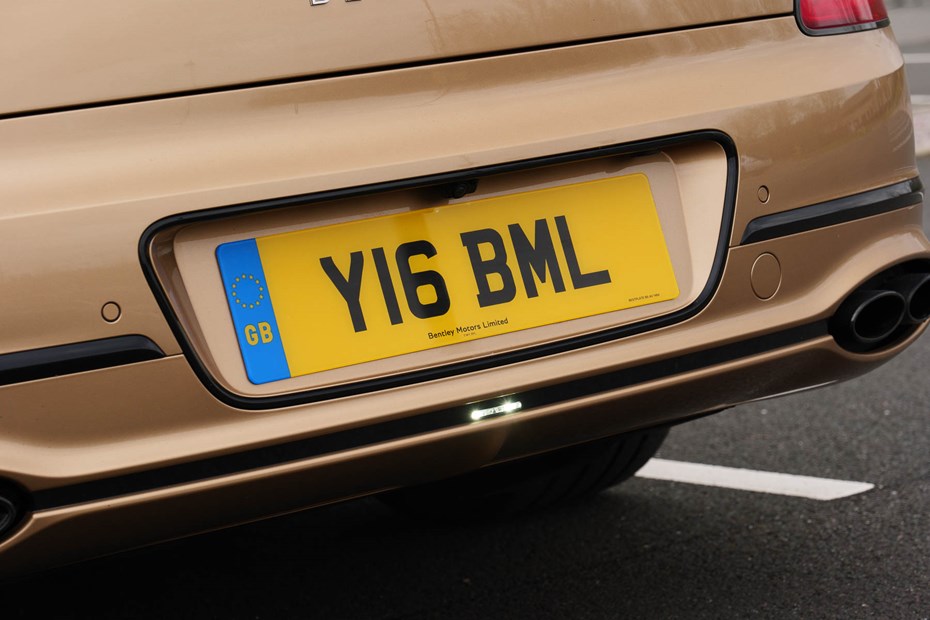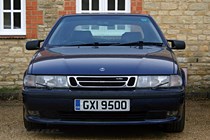The UK’s car licensing and number plate scheme is one of few in the world that prominently shows the year of a car’s registration, with new cars bearing the latest digits each year. As a result, it’s become immensely popular to use a cherished number or ‘private plate’ to hide the age of a car, or just to personalise it a bit.
It’s a simple process to transfer a number plate from car to car online, but it’s not entirely straightforward, so here’s the Parkers guide to number plate transfers.
Keep reading for the full story, or use the quick links for quick answers to your private plate questions.
What is a car number plate?
Number plates are a unique identifying mark for vehicles. Prominently displayed on a vehicle, they connect the car to the registered keeper, and serve as a reference for legal requirements. Officially they are known as ‘vehicle registration marks’ or VRMs.
Now much more data is linked to the number plate – from emissions figures, to whether a vehicle is a bus or taxi, and even legal towing weights. ANPR (automatic number plate recognition) cameras use them to enforce traffic regulations, such as emission zones charges and speeding fines.
Without one, your car is not legal for use on the road – unless you’re the King.
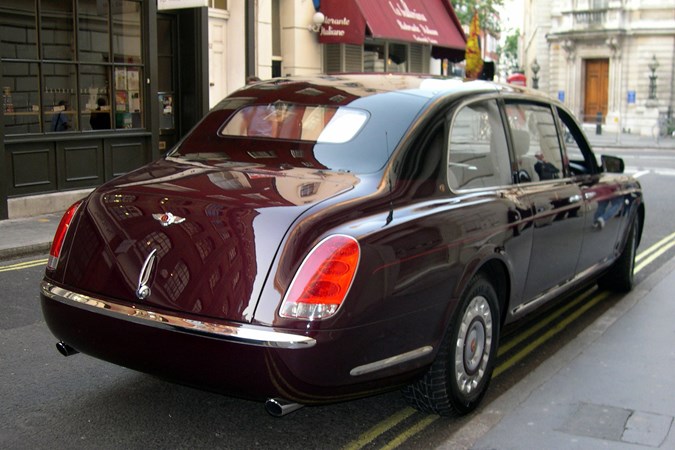
What is a cherished plate?
A cherished plate is a vehicle registration mark that you’ve chosen to keep after it was issued to the car or bought without a car assigned to it yet. Often referred to as ‘private plates’, they’re less anonymous than regular identifiers.
You can retain a number from most cars, even if they are MoT failures, but if a car is scrapped or exported, the number is lost. Some cars are issued with age-appropriate numbers that can’t be transferred, especially classic cars without original paperwork.
Before the DVLA’s direct sales, plates were primarily traded by dealers from already issued stock or taken off used cars. This market still exists, but prices rarely reflect real value except in very rare circumstances.
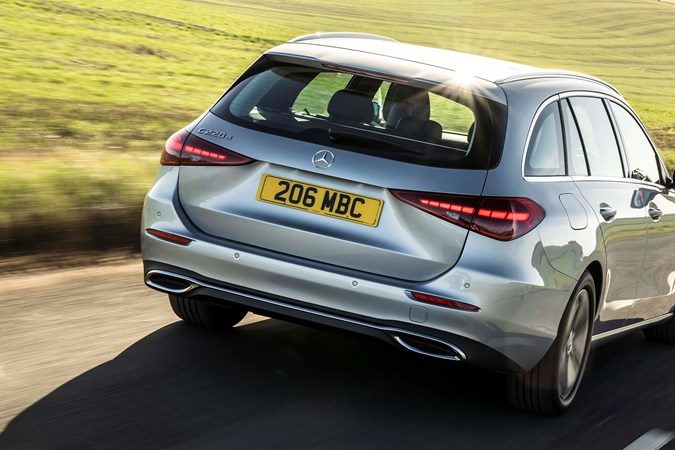
It has never been possible to buy a free-form set of numbers and letters to spell a word, unlike vanity plates in America and some other countries, and the number is allocated to the car and not the owner. Combinations like ‘K1 NGS’ therefore fetch huge sums at auction.
Even when a car itself was a huge status symbol, the first registered car owner was so desperate to own ‘A 1’ that he camped outside the issuing office – thus proving the idea of perceived status around the plate, creating the concept of cherished numbers.
As a result, transferring a plate has been possible almost since the start of number plates being issued, though it’s only since the 1980s that it’s been heavily marketed.
How do I transfer a cherished plate?
The quickest way to transfer a plate from one car to another is online. You can take the cherished number off with a simple form, and apply it to the new car immediately if you have a current logbook, rather than the old method of transferring which required both logbooks, a form, MOTs and insurance/tax paperwork to be sent away.
If your car is registered in your name and you have the current V5C, and it is taxed or has had a SORN in place for less than five years, removing the plate for transfer or retention is instant. It costs the same £80 as before, but if you don’t want to apply the number immediately, retaining it is free.
Simply visit the government personalised registrations portal and choose ‘take a private number off a vehicle’.
After completing the online form to retain a number and paying the £80 fee, you will be told the car’s replacement number right away. The eV948 number plate authorisation certificate will also be emailed to you, so you can get new legal plates made up.
When transferring a number to a car that you have a current V5C for, the DVLA’s made it very fast. When payment for taking the number off is completed you’ll see the green box (below) with the receipt, details of the donor car’s replacement number and eV948. Notice those reference numbers?
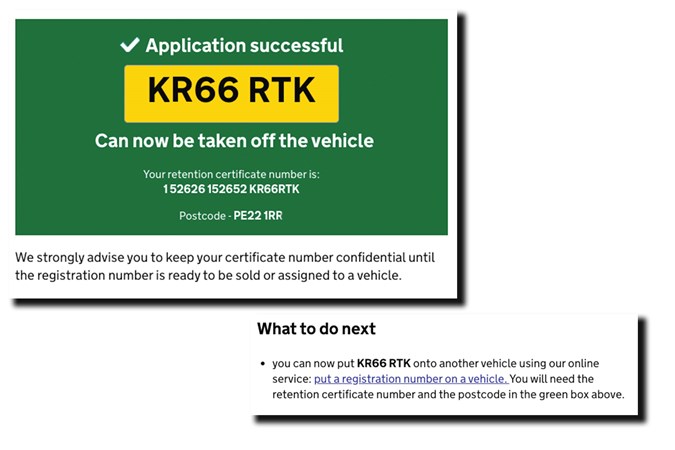
Just use the details provided to apply a cherished number online and as the transfer fee is already paid, it’s free and instant.
All the checks for MOT/tax and insurance are performed online, and existing tax/SORN and MOT records are updated in 24hrs for both the car supplying the number, and the car receiving it.
Paper documents will follow in the post. Usually within five working days, but it can take up to six weeks. You’ll receive a new V5C for the donor car, with the replacement number assigned, and a V778 retention certificate for your plate if you haven’t applied it to a new car immediately.
If you’re going to keep using the car the plate has been taken off, don’t forget to update your insurance. If you’ve traded the car in, give the dealer the replacement V5C when it arrives.
Once you have your V778, you can sell or give the number to someone to apply by post or online, but you can use the reference numbers at any time without waiting for the certificate – so don’t give them out or leave them visible in for sale listings.
How much does it cost to retain a private plate?
It’s free to retain a private plate now, but it must be renewed after 10 years. When first launched it cost £80 to transfer a plate, £25 to retain it, and £25 a year to keep a plate on retention, all done by post or visits to a local office.
The £80 fee you pay when taking a plate off a car is the transfer fee, so it’s already paid when you apply the plate, and it’s free to renew the retention.
If you have been renewing retention annually on a plate you got before 2015, the best thing to do is apply it to a car in your name, then take it off, moving it to the newer system.
If you have bought cherished numbers through the DVLA that have not been assigned to cars yet, you can renew those and their V750 ‘certificate of entitlement’ through your DVLA online account.
How do I apply a cherished plate?
Applying a cherished plate from retention or purchase is easy. The car you want to apply it to must be taxed or SORN; if you’ve just bought a car and changed the V5C online, make a SORN declaration or tax it right away with the V5C/2’s reference number. It can take a day for this to update online.
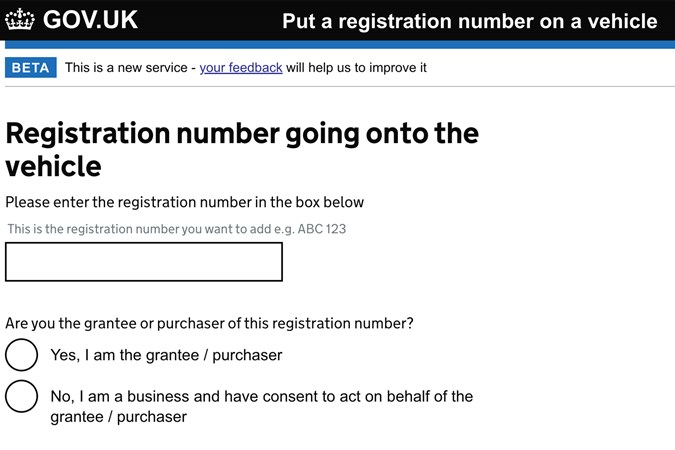
Dateless plates can be applied to any vehicle, but you cannot apply a younger age of registration than the car’s registration date.
When you have applied the number, you’ll be issued a new V5C in the post, and will be able to download the eV948 number plate authorisation certificate to get new plates made up straight away.
You can apply a private plate to any vehicle, online, as long as you have your V778 and the current logbook for the vehicle it’s being applied to. If it’s not your car, you’re assigning the right to the plate to the registered owner of the car receiving it.
What are grantees and nominees on form V778?
Cherished plates are tied to the registered keeper or original buyer of the plate (the grantee). Under the old system, if you wanted to give or sell your plate to someone you would fill out a nominee on the certificate first. This allowed them to apply the plate to a car in their name.
These days it’s quicker to do it online if you are selling or giving the plate to a new owner.
Who should you inform after transferring or assigning a number plate?
Only the car logbook, MoT history and tax are automatically updated. Once you’ve changed the plates displayed on your car, inform your insurance company. Some may charge an admin fee for the change, but many won’t, particularly if you’ve just taken out the policy. If in doubt, check AskMID to see if your current plate shows as insured.
Don’t forget any other automatic payment or parking systems you have set up. That includes London’s Congestion Charge, ULEZ and LEZ, as well as Dartcharge account, or local authority Clean Air zones. Don’t forget work, gym or apartment car park access, and pre-configured payments like parking or fuel on your smartphone.
What tips are there for transferring a car number plate?
1. Keep the old plates. Most cars will go back to the previous number when you remove yours, even ones that had a cherished number on.
2: If you buy a car that has a number you think could be worth selling or retaining? Take it off and put it on retention before applying your own.
3. Always make sure you retain a plate while you are the registered keeper of the car. If you change the registered keeper to transfer ownership of the car before retaining your number, you have lost the plate.
4. Selling a car? It’s best to take the plate off when you decide to start advertising rather than waiting for a buyer. Not only does it mean you’ll have the paperwork ready for a buyer and have the right plate in adverts, you will also avoid the risk of losing it if the car sells quickly.
5. Retained several plates no-one wants? You can always return the plate to the DVLA to get a refund of the £80 transfer fee.
6. Want a plate off a classic? If it’s been off the road a while it’ll need to be MOTd even if it’s exempt. Likewise, it’ll need to be SORN or taxed. Lost paperwork will require proof of the car’s identity to get a new V5C issued, if it has been off the road a long time.
7. Buying a plate from Facebook or similar? Do it in person and apply the plate online, with their retention certificate details, rather than giving out your V5C information There are no fees to pay to apply the plate. Only pay once the DVLA confirms the plate has been applied to your car.
Can you buy a private plate if it hasn’t been issued?
Early in the days of vehicle registration, councils could sell a specific combination but that stopped as car sales boomed. In 1989 the DVLA introduced a new cherished number scheme. This includes auctions of desirable numbers and a published pool of available plates you can search online.
Prices start at £250 including assignment fee and VAT, even for older numbers still in the system. Ordering plates ahead of new registration dates and combinations is now actively marketed, though the best are saved for auctions.
Lease cars, company cars, and private plates
If you are leasing or contract hiring a car, you can ask your lease provider to apply your registration. You’ll have to pay admin fees, and in the process you transfer your right to the number to the leasing company as the registered keeper. We don’t recommend it, as a rule, unless the car is particularly unusual or a very long lease.
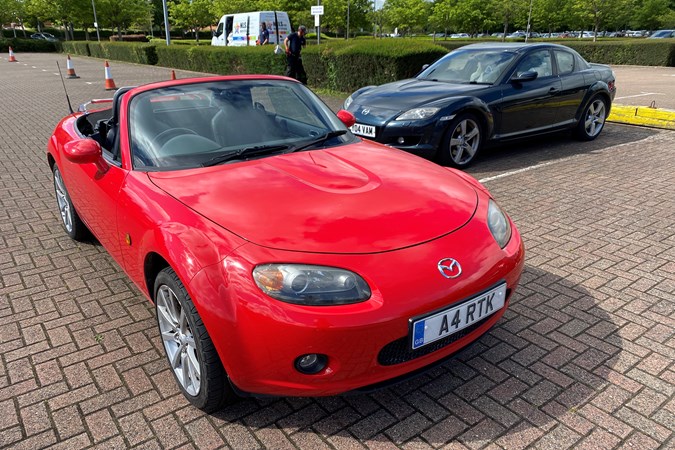
DVLA cherished numbers can be bought in advance of new registration dates. Provide the dealer with the V750 to register the car from new on your number, and remember to have it transferred off before the lease ends if you want to keep it.
Cars on PCP or finance deals, usually registered in your name, are entirely safe to apply the number to. You will need to inform the finance provider of the change.
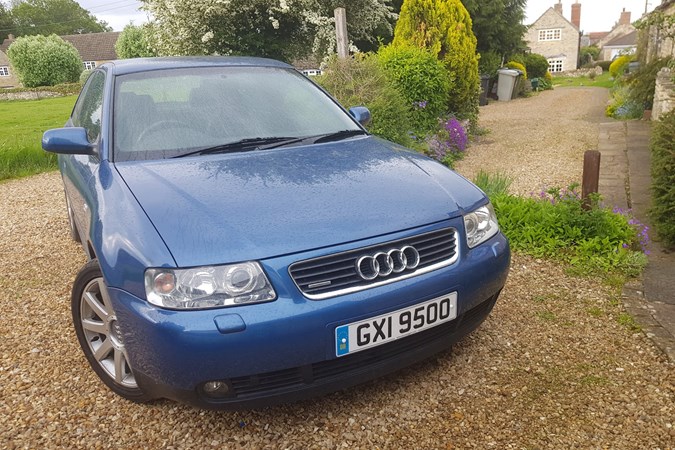
Although plates still refer to local offices, the DVLA closed local registration offices in 2013. If your last experience of a plate transfer predates that, you’ll be pleasantly surprised by the progress made. Whatever your chosen cherished number, it will need to be displayed on a legal plate.
FAQs
How long does it take to transfer a number plate from one car to another?
Depending on how busy the DVLA is, transferring a number plate can take between four to six weeks.
Can I change a private plate online?
Yes, you can change your number plate to a cherish plate online with the right documentation and for a transfer fee of £80. You must follow the process of assigning your plate over before driving away with it on.
Can I transfer my private plate straight to another car?
You’ll first need to follow the legal process of assigning your private plate to your car. To do so, you’ll need a V750 certificate of entitlement and a V778 retention document. You can read more about what you need to do to assign a plate to your vehicle on the government website.
What happens if I display the wrong number plate?
You risk getting fined up to £1000 for driving with incorrect number plates, as it is an offence. This also applies to driving without any number plates.
Is a cherished plate worth having?
Don’t be fooled into believing they’re an investment. Very few are, and they’re usually already overpriced or in the hands of the only person who would want them.
If you can find a combination that makes you happy and is affordably priced though, there’s absolutely no harm in having one. In fact, if seeing a new car registration makes you want to upgrade from your three-year-old car, it could even save you money.



